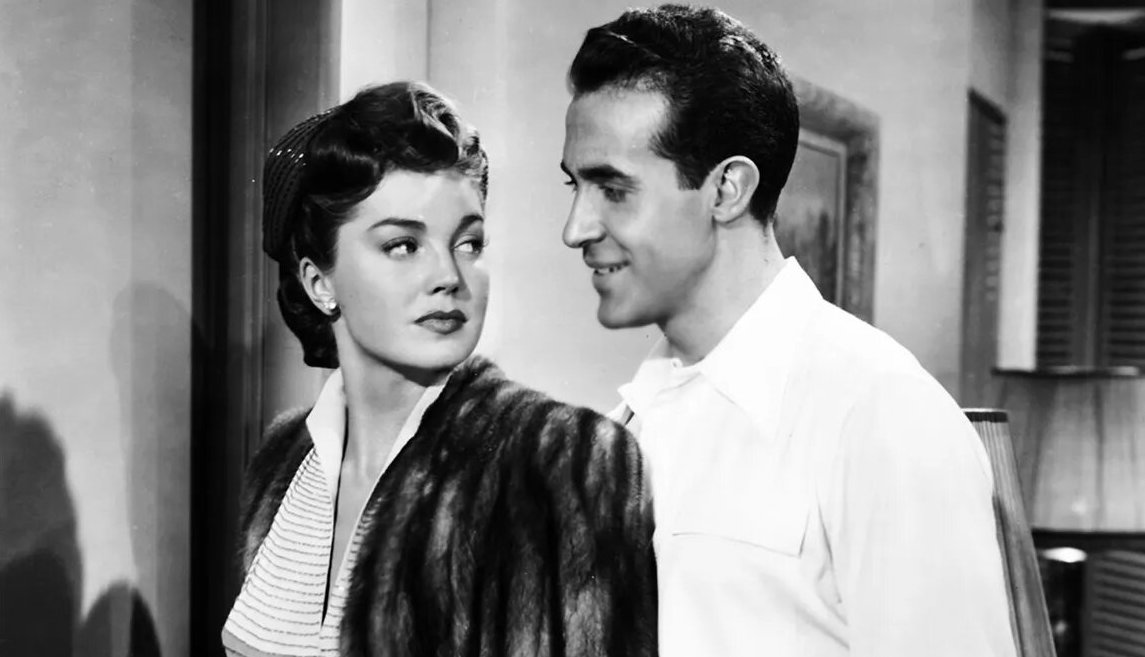Baby, It’s Cold Outside: A Comprehensive Exploration of a Timeless Holiday Classic
by Tara Price
6th August, 2023

Baby, It’s Cold Outside is not merely a festive tune; it’s a musical tapestry woven into the fabric of our cultural history. This iconic song has been both a source of joy and a subject of debate for generations.
In this in-depth exploration, we’ll trace its origins, its most memorable renditions, and the discussions that have surrounded it over the years.
Origins and Historical Context
In the heart of the 1940s, Broadway genius Frank Loesser crafted “Baby, It’s Cold Outside”. Initially, it was a charming duet he and his wife, Lynn Garland, would perform at their housewarming parties, much to the delight of their guests. “We got invited to all the best parties for years on the basis of ‘Baby,‘” Garland once remarked. The song’s undeniable allure led to its feature in the 1948 musical Neptune’s Daughter.
Within this cinematic context, the characters were intriguingly labeled “the Wolf” and “the Mouse”. The song captures a playful back-and-forth between the two, with the Mouse listing reasons to depart and the Wolf persuading her to stay a bit longer.
Iconic Renditions
Dean Martin’s rendition of “Baby, It’s Cold Outside” is perhaps the most iconic. His velvety voice, combined with the song’s playful undertones, has made it a staple in holiday playlists. Over the decades, numerous artists from various genres have covered this song, each adding their unique touch. From the sultry tones of Ella Fitzgerald and Louis Jordan to the modern takes by Idina Menzel and Michael Bublé, the song has been reinvented time and again, proving its timeless appeal.
Controversies and Modern Interpretations
The modern era, with its heightened awareness of issues surrounding consent and gender dynamics, has cast “Baby, It’s Cold Outside” in a new, often critical, light. Some listeners feel the song’s lyrics suggest a man pressuring a woman, leading to debates about consent and gender dynamics. A particular point of contention has been the line “What’s in this drink?”. While some interpret it as a hint at date rape, historical context suggests it was a jest about the drink being weak or non-alcoholic.
The song’s portrayal of dating during the 1940s is also noteworthy. For instance, the woman’s lines about how the neighbours might gossip if she doesn’t leave reflect the societal pressures of the time. The song, in many ways, captures the nuances of an era where women often faced societal pressure to be modest, leading to the song’s dynamic where the woman mentions how the neighbors might gossip if she doesn’t leave.
In 2004, Canada’s National Post humorously commented on the song, suggesting it was an “ode to statutory rape”. This tongue-in-cheek observation highlighted the man getting the woman drunk to take advantage of her. Over the years, this perspective gained traction, with some viewing the song as a celebration of boundary-crossing sexual coercion. However, others argue that it’s about the internal struggle of a woman deciding whether to stay the night, pushing societal boundaries.
Legacy and Impact
Beyond the controversies, “Baby, It’s Cold Outside” has left an indelible mark on the world of music. Its catchy tune, memorable lyrics, and the chemistry between the duet partners have made it a favorite for many. The song has been featured in numerous films, commercials, and TV shows, further cementing its place in popular culture.
Moreover, the discussions surrounding the song have sparked broader conversations about consent, gender dynamics, and the evolution of societal norms. It serves as a reminder of how art can both reflect and challenge the values of its time.
Conclusion
“Baby, It’s Cold Outside” is a multifaceted song that serves as both a cherished classic and a reflection of societal evolution. Its timeless appeal is juxtaposed with the ever-evolving discourse on consent and gender roles. As we enjoy its melody, it’s essential to approach it with a nuanced understanding, appreciating its historical context while acknowledging the valid concerns of modern listeners. This song, with its rich history and varied interpretations, stands as a testament to the power of music to evoke emotions, spark debates, and transcend time.
